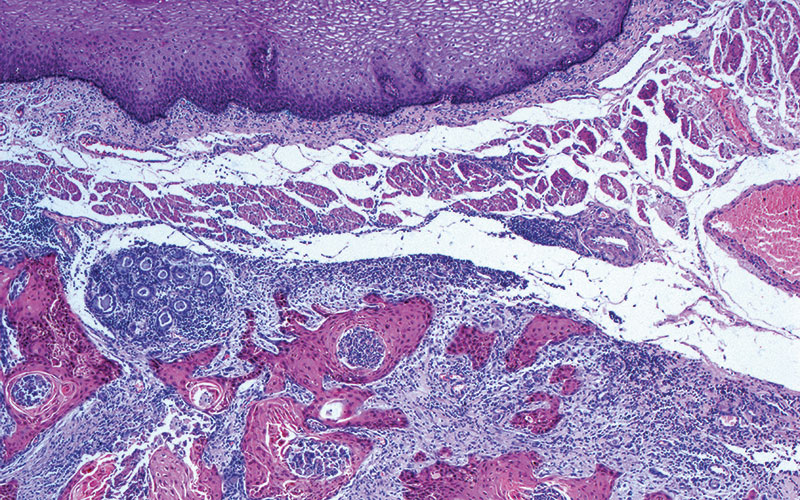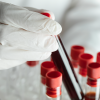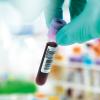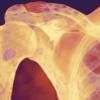Could a new blood test for cancer revolutionise screening? Cristian Tomasetti explains his team’s breakthrough and considers the future implications.

One of the long-term goals for cancer research has been the discovery of a universal blood test that can detect the presence of the disease long before any of the symptoms appear. Such a test has proved elusive, but it took a step closer towards becoming a reality with the news back in January that trials at Johns Hopkins University School of Medicine in Baltimore of a blood test they call CancerSEEK produced some dramatic results.
The idea behind a blood test for the disease is that it looks for traces of faulty DNA that cancer cells release into the bloodstream. The advantages of this are that it would be quicker and less invasive than other tests, such as biopsies, and rather less expensive. Detecting the disease earlier also opens the way for quicker treatment, which is more likely to be successful treatment. For these reasons, an accurate universal blood test is seen as the most viable basis for a future population-wide screening programme for cancer.
A novel approach
This is why the Baltimore CancerSEEK test has got people excited. It went looking for the signs of eight types of cancer (ovarian, liver, stomach, pancreas, oesophagus, colon, lung and breast) and has come closest yet to cracking the problem. Cristian Tomasetti, Associate Professor in the Department of Oncology at Johns Hopkins and one of the lead authors of the research, says that CancerSEEK’s novel approach to the problem has been the key to unlocking it.
“Our idea was to consider information from multiple sources, so we looked for ctDNA (circulating tumour DNA), which is something a lot of research is focusing on today, but then we added eight protein biomarkers. I think it is this combination of ctDNA with the proteins that surprised some people in the field. If you take these proteins by themselves they may not tell you much, but put them together and the signal becomes much stronger. Nobody has managed to look for so many cancer types before. But because you are focusing on eight types rather than one specific cancer, this makes it more challenging. It’s easier to make a mistake.”
Detection rate
With the test formulated to search for the ctDNA and protein markers, the team applied it to 1,005 people already diagnosed with cancer that had progressed to either stage two or three. Across all the types of cancer, the test detected 70 out of 100 cases. This measure of the test’s sensitivity was promising enough, though the results across the individual types were more variable. At best it found 98 out of 100 cases of ovarian cancer, at worst just 33 out of 100 cases of breast cancer.
Importantly, though, five of the cancer types tested (ovarian, liver, stomach, pancreas, oesophagus) currently have no screening test at all. “Our test provides very good sensitivity for these five cancers, between 69% and 98%,” says Cristian. “I think that is very exciting.”
The other exciting aspect to the test results was that the protein biomarkers did their job, allowing the researchers to pinpoint the location of the cancer in 83 out of 100 cases. It’s one thing to detect the presence of cancer, quite another to know where it originated. “This is very important,” says Cristian. “This test is able, with pretty good accuracy, to localise the cancer and tell you where it is.” And that means doctors can provide more targeted treatment.
The second step to the research was to try CancerSEEK on 812 further subjects, none of whom had been diagnosed with cancer. The point of this was to measure the number of false-positive results – cases where cancer is wrongly diagnosed, causing unnecessary stress and anguish. The test returned just seven cases, a rate of less than 1%, which is fairly low. “One good thing about our study is that, compared to previous trials, the number of subjects was rather large – on the whole almost 2,000 samples. This allows us to validate the findings in a much better way than if we had only a few normals, and then we wouldn’t really know what the false positivity rate was. The numbers are promising, let’s put it that way.”
The next steps
Though the research has been welcomed, it’s still early days and caution has been urged. Some experts have raised questions about the test’s relative lack of sensitivity in detecting breast cancer, a common type of the disease, and others have pointed out that it needs to be able to detect more cancers at the earlier stages 1 and 2 at the same time as minimising the false-positives.
So more research is needed before the CancerSEEK test can fulfil its promise, but those next steps are already underway, says Cristian. “Of course we want to do better. Now we are starting this one-year project testing 10,000 women, possibly extending to five years, so it would be 50,000 women, to show that the test works as well as we think it can. This will be all women who are healthy to the best of our knowledge. Essentially we want to show that it works in a screening setting.”
This hints at the ultimate goal – CancerSEEK as a routine test. “It is our vision,” says Cristian. “You go to the doctor once a year and in the same way they check your cholesterol, they would also test you for cancer. Another important aspect to our analysis is that we only used 16 genes in total, which is actually a very small number. We could have increased the number of genes to check for even more types of cancer, but once we knew that this was the sweet spot for us in the considerations of cost. The 16 genes allow us to keep the cost of the test down to something we estimate in the region of $500 (around £350). So this is something that is affordable.”
As healthcare costs soar and budgets tighten it’s not a point to be underestimated, and another good reason for the buzz surrounding CancerSEEK.




